Marine survey explores the waters of Tristan da Cunha
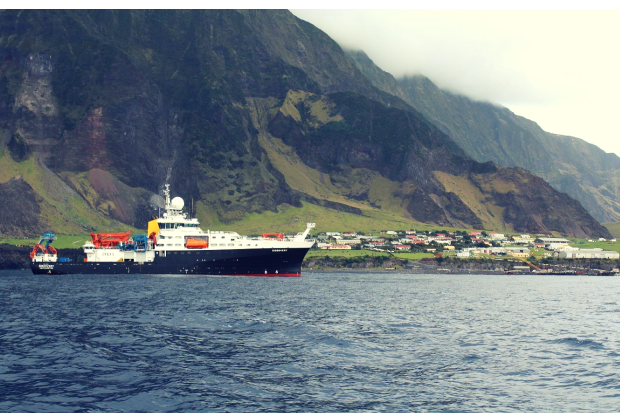
Last month scientists travelled to the world’s remotest inhabited island to survey the marine environment.

Last month scientists travelled to the world’s remotest inhabited island to survey the marine environment.
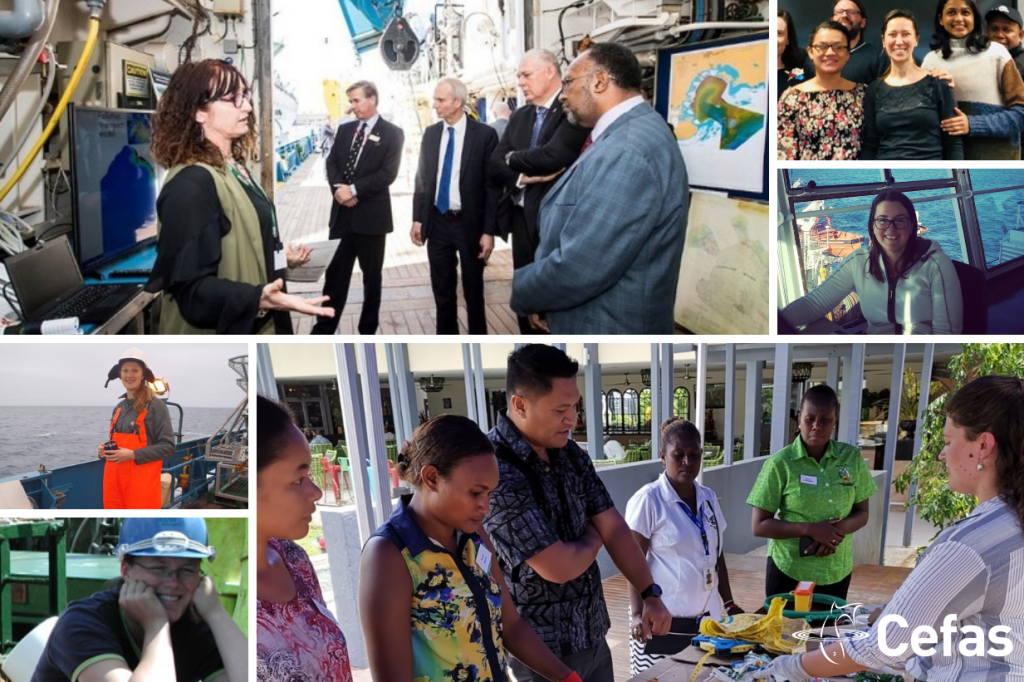
Today is international women’s day! In celebration of the annual event we’re learning more about some of the female scientists in Cefas.
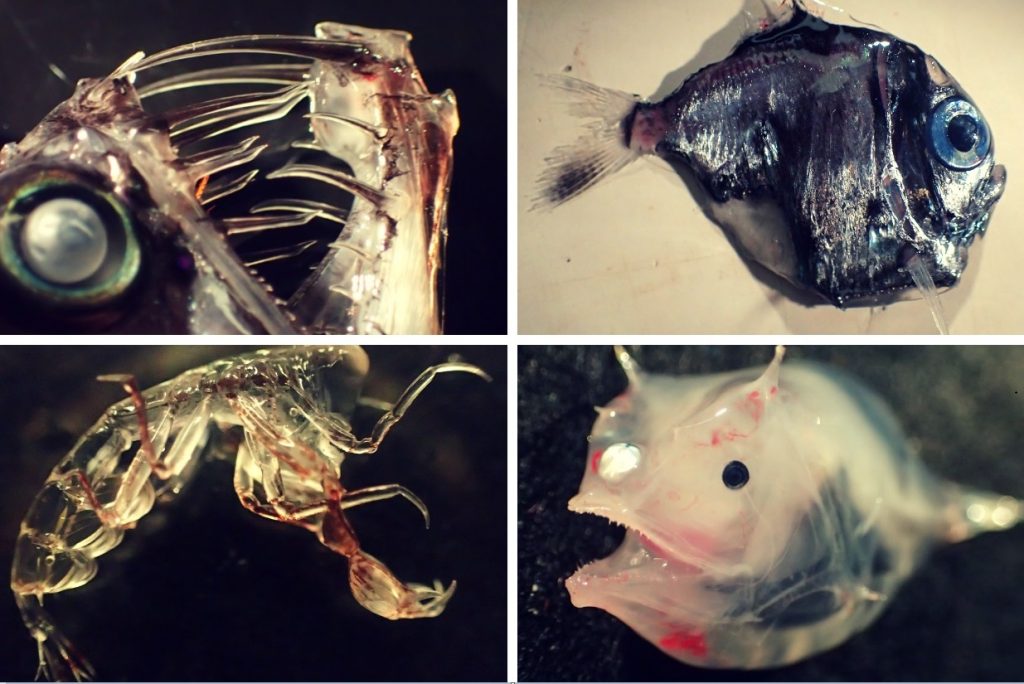
Find out what the team will be doing to study some of the remotest marine environments on Earth.

An update on Cefas' work tackling the illegal trade of sharks and rays in the world’s largest shark fishing nation.

This autumn, Jeroen van der Kooij and a team of scientists and crew from Cefas and other marine organisations are heading out to sea onboard RV Cefas Endeavour for the seventh annual PELTIC survey. In this blog, Jeroen explains what …
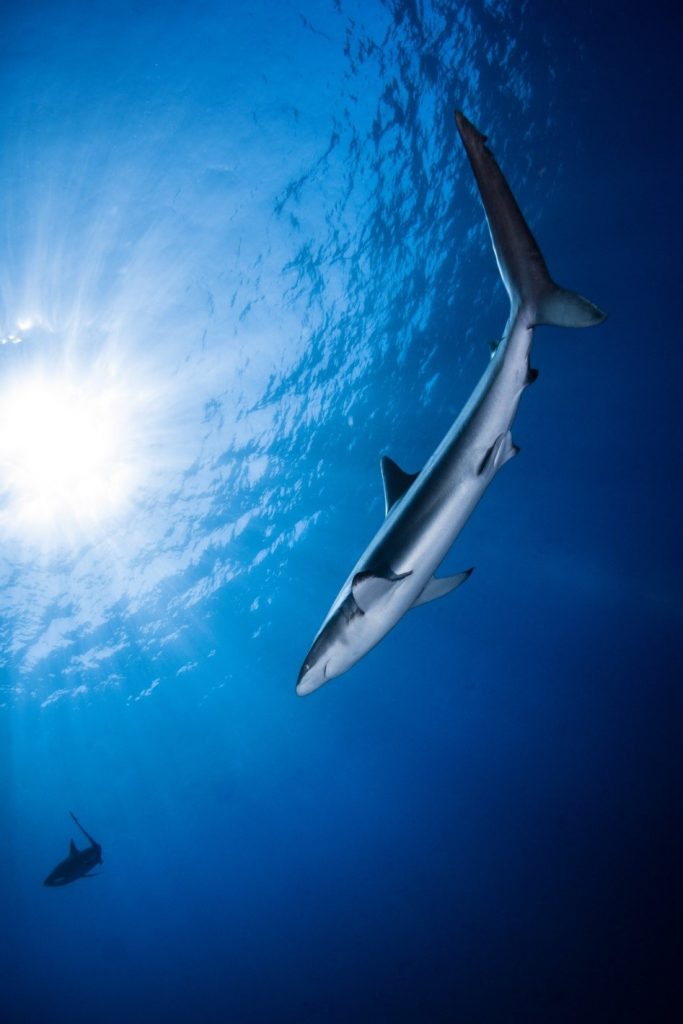
Unsustainable trade of shark products, most notably shark fins, threatens the survival of some species. The Convention on the International Trade in Endangered Species of Wild Fauna and Flora (CITES) is an international agreement that aims to ensure commercial trade …

The Blue Belt Programme The Blue Belt Programme is a four year programme (2016 to 2020), delivered by the Centre for Environment, Fisheries and Aquaculture Science (Cefas) and the Marine Management Organisation (MMO) with the UK Overseas Territories (UKOTs) on …
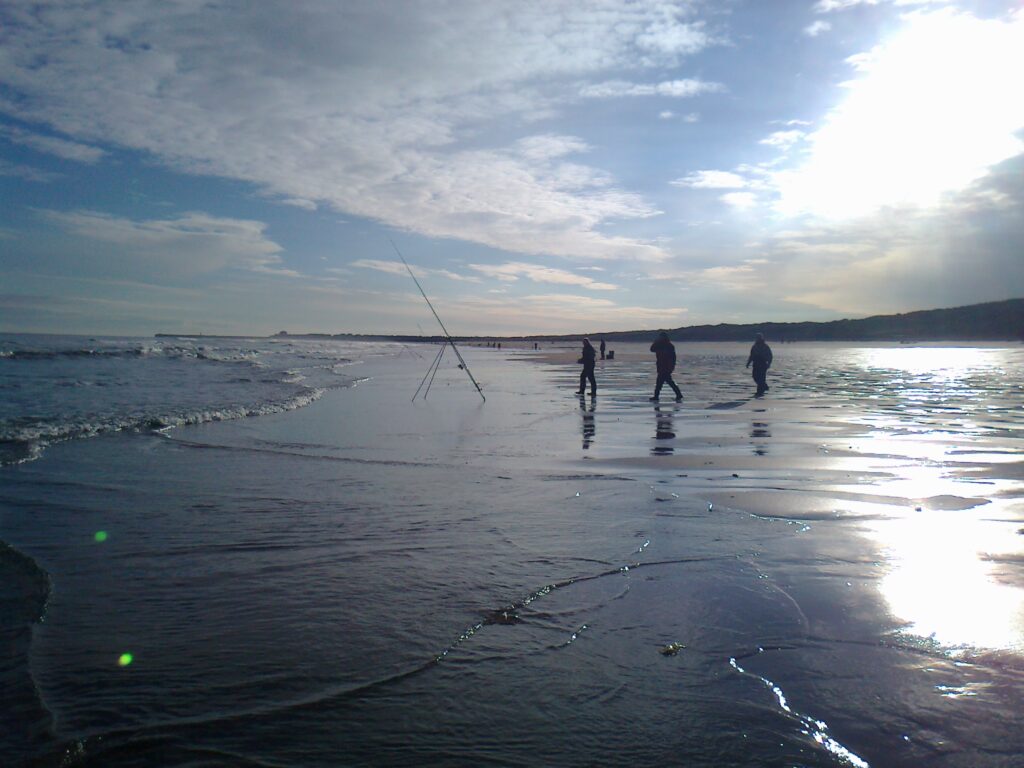
Go to any stretch of shoreline and you are likely to see people fishing, but have you ever wondered about how many people fish, how much they spend, or if they have any impact on the environment? Some people might …
As a fisheries scientist, I believe that there is a need to consider the wider role of ecosystem processes in sustainable management of the marine environment – not looking at a single species or process in isolation. My team and …
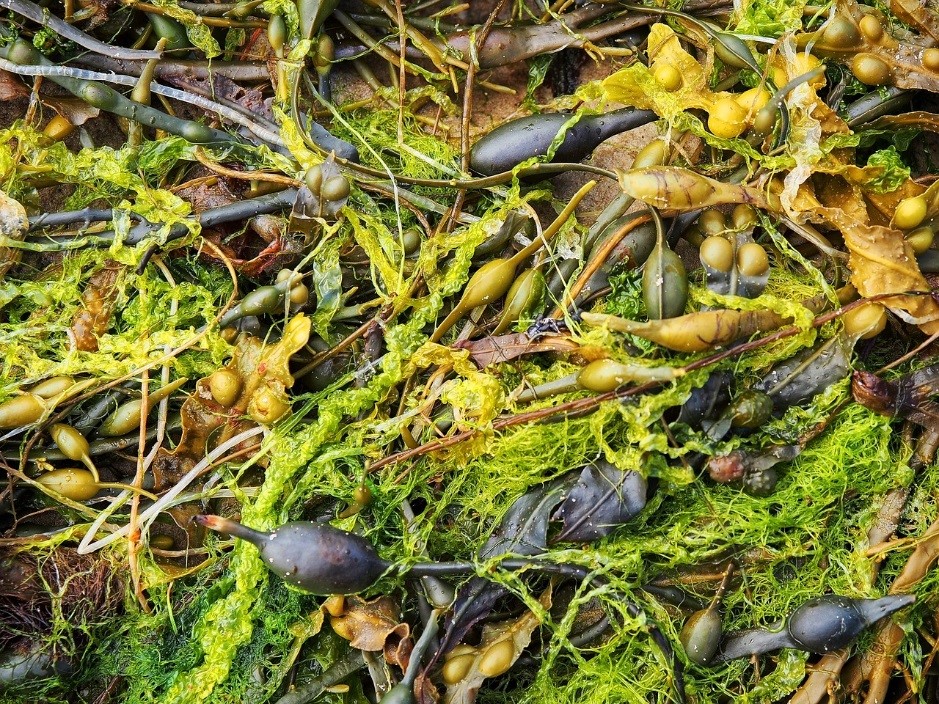
Seaweeds, or macroalgae, are aquatic plants commonly found along rocky shores. Many of you will have seen them on beaches. And they could be the UK’s farming future. We have been harvesting wild seaweed in the United Kingdom for many …